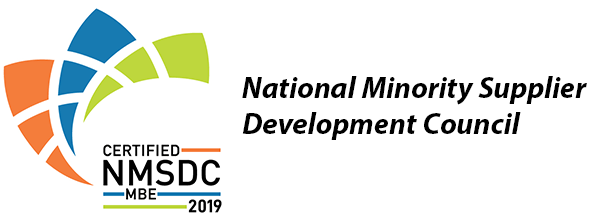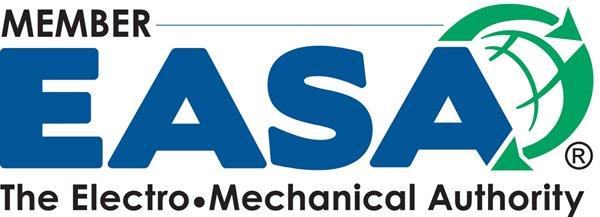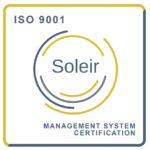In the fast-paced world of industrial manufacturing, the demand for increased efficiency and performance is ever-present. With advancements in technology and the evolution of industrial specifications, legacy motors may struggle to keep up with the new requirements. This poses a challenge for many businesses relying on older equipment to meet modern industrial standards. However, the good news is that modernizing legacy motors to align with new industrial specs is not only possible but also a cost-effective solution that can significantly extend the lifespan and functionality of existing machinery.
Challenges of Legacy Motors
Legacy motors, although reliable and durable, often fall short when it comes to meeting the efficiency and performance standards of modern industrial applications. Factors such as outdated design, lower energy efficiency, and limited control capabilities can hinder the overall productivity of a manufacturing plant. Additionally, the lack of compatibility with newer technologies and communication protocols further restricts the potential of legacy motors in today’s interconnected industrial landscape.
Benefits of Modernization
Modernizing legacy motors involves upgrading their components and systems to meet current industrial specifications. This process not only enhances the motor’s performance and efficiency but also brings a host of other benefits, including:
- Improved energy efficiency, leading to cost savings and reduced environmental impact
- Enhanced control and monitoring capabilities for better integration into automated systems
- Extended lifespan of the motor, delaying the need for costly replacements
- Compatibility with modern technologies and communication protocols, enabling seamless connectivity in Industry 4.0 environments
Modernization Techniques
There are several approaches to modernizing legacy motors to meet new industrial specs. Some common techniques include:
- Rewinding and Insulation Upgrades: Enhancing the motor’s windings and insulation to improve efficiency and reliability.
- Replacing Outdated Components: Upgrading components such as bearings, shafts, and cooling systems to enhance performance.
- Implementing Variable Frequency Drives (VFDs): Installing VFDs to enable speed control and optimize energy consumption.
- Integrating IoT and Smart Sensors: Incorporating IoT devices and smart sensors for real-time monitoring and predictive maintenance.
Partnering with The Pump & Motor Works, Inc.
At The Pump & Motor Works, Inc., we specialize in motor repair, maintenance, and modernization services to help businesses adapt to the evolving industrial landscape. Our team of experienced technicians and engineers can assess your legacy motors, identify areas for improvement, and implement tailored solutions to bring them up to modern industrial specifications. Contact us today to learn more about how we can help you optimize your machinery for enhanced performance and efficiency.
Contact The Pump & Motor Works, Inc. today to discuss modernizing your legacy motors for new industrial specs. Contact us.



